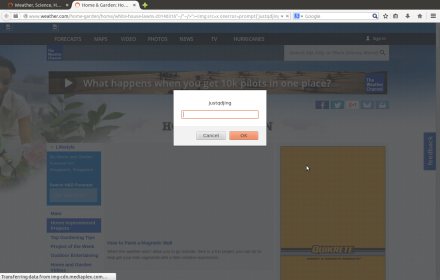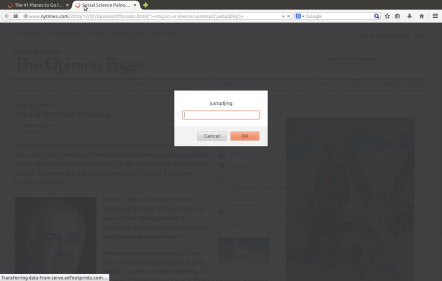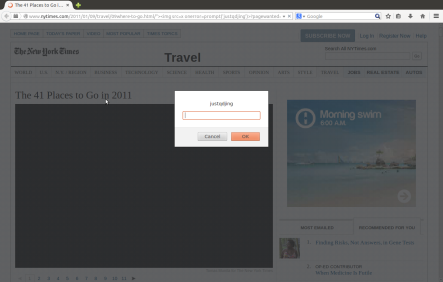1.千山鸟飞绝,万径人踪灭。
(柳宗元:《江雪》)
2.白日依山尽,黄河入海流。
(王之涣:《登鹳雀楼》)
3.会当凌绝顶,一览众山小。
(杜甫:《望岳》)
4.国破山河在,城春草木深。
(杜甫:《春望》)
5.空山不见人,但闻人语响。
(王维:《鹿柴》)
6.明月出天山,苍茫云海间。
(李白:《关山月》)
7.相看两不厌,只有敬亭山。
(李白《独坐敬亭山》)
8.种豆南山下,草盛豆苗稀。
(陶渊明:《归园田居》)
9.西北望长安,可怜无数山。青山遮不住,毕竟东流去。
(辛弃疾:《菩萨蛮?书江西造口壁》)
10.不识庐山真面目,只缘身在此山中。
(苏轼:《题西林壁》)
11.山光悦鸟性,潭影空人心。
(常建:(题破山寺后禅院))
12.晚风拂柳笛声残,夕阳山外山。
(李叔同:《送别》)
13.无限山河泪,谁言天地宽。
(夏完淳:《别云间》)
14. 客路青山外,行舟绿水前。
( 王湾《次北故山下》)
15.飞来山上千寻塔,闻说鸡鸣见日升。
( 王安石《登飞来峰》)
16.山重水复疑无路,柳暗花明又一村。
(陆游:《游山西村》)
17.七八个星天外,两三点雨山前。
(辛弃疾〈西江月?夜行黄沙道中〉)
18.山回路转不见君,雪上空留马行处。
(岑参《白雪歌送武判官归京》)
19.两岸猿声啼不住,轻舟已过万重山。
(李白《早发白帝城》)
20.但使龙城飞将在,不教胡马度阴山。
(王昌龄《出塞》)
21.黄河远上白云间,一片孤城万仞山。
(王之涣《凉州词》)
22.采菊东篱下,悠然见南山。
(陶渊明:《饮酒》)
23.遥望洞庭山水色,白银盘里一青螺。
(刘禹锡:《望洞庭》)
24.青海长云暗雪山,孤城遥望玉门关。
(王昌龄《从军行》)
25.百川沸腾,山冢碎甭。高谷为岸,深谷为陵。
(《诗经》)
转载自 InZeed:
http://www.inzeed.com/kaleidoscope/essays/mountain/


















